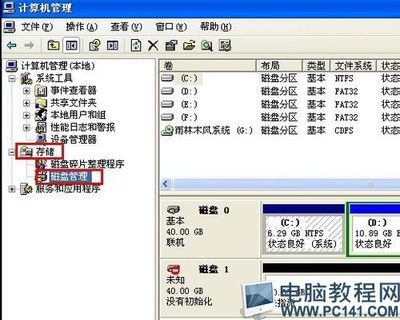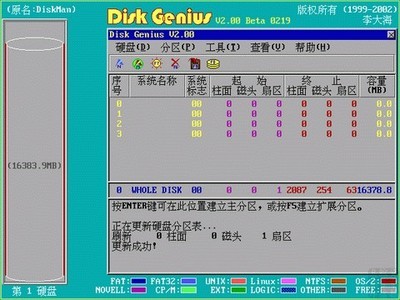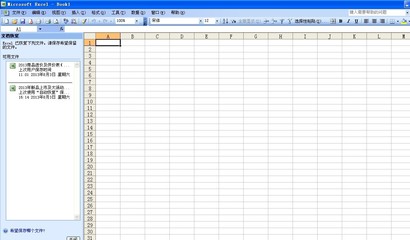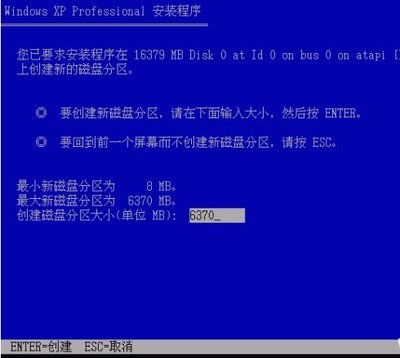decode()函数是ORACLE PL/SQL是功能强大的函数之一,目前还只有ORACLE公司的SQL提供了此函数,其他数据库厂商的SQL实现还没有此功能。
·软件环境:
1、Windows NT4.0+ORACLE 8.0.4
2、ORACLE安装路径为:C:/ORANT
oracle decode函数使用方法 1、
DECODE函数是ORACLE PL/SQL是功能强大的函数之一,目前还只有ORACLE公司的SQL提供了此函数,其他数据库厂商的SQL实现还没有此功能。DECODE有什么用途 呢? 先构造一个例子,假设我们想给智星职员加工资,其标准是:工资在8000元以下的将加20%;工资在8000元以上的加15%,通常的做法是,先选出记录 中的工资字段值? select salary into var-salary from employee,然后对变量var-salary用if-then-else或choose case之类的流控制语句进行判断。 如果用DECODE函数,那么我们就可以把这些流控制语句省略,通过SQL语句就可以直接完成。如下:select decode(sign(salary - 8000),1,salary*1.15,-1,salary*1.2,salary from employee 是不是很简洁?
oracle decode函数使用方法 2、
DECODE的语法:DECODE(value,if1,then1,if2,then2,if3,then3,...,else),表示如果value 等于if1时,DECODE函数的结果返回then1,...,如果不等于任何一个if值,则返回else。初看一下,DECODE 只能做等于测试,但刚才也看到了,我们通过一些函数或计算替代value,是可以使DECODE函数具备大于、小于或等于功能。
oracle decode函数使用方法 3、
该函数的含义如下:
IF 条件=值1 THEN
RETURN(翻译值1)
ELSIF 条件=值2 THEN
RETURN(翻译值2)
......
ELSIF 条件=值n THEN
RETURN(翻译值n)
ELSE
RETURN(缺省值)
END IF
oracle decode函数使用方法 4、
该函数的含义如下:
IF 条件=值1 THEN
RETURN(翻译值1)
ELSIF 条件=值2 THEN
RETURN(翻译值2)
......
ELSIF 条件=值n THEN
RETURN(翻译值n)
ELSE
RETURN(缺省值)
END IF
oracle decode函数使用方法 5、
1、比较大小
select decode(sign(变量1-变量2),-1,变量1,变量2) from dual; --取较小值
sign()函数根据某个值是0、正数还是负数,分别返回0、1、-1
例如:
变量1=10,变量2=20
则sign(变量1-变量2)返回-1,decode解码结果为“变量1”,达到了取较小值的目的。
oracle decode函数使用方法 6、
2、表、视图结构转化
现有一个商品销售表sale,表结构为:
month char(6) --月份
sell number(10,2) --月销售金额
现有数据为:
200001 1000
200002 1100
200003 1200
200004 1300
200005 1400
200006 1500
200007 1600
200101 1100
200202 1200
200301 1300
想要转化为以下结构的数据:
year char(4) --年份
month1 number(10,2) --1月销售金额
month2 number(10,2) --2月销售金额
month3 number(10,2) --3月销售金额
month4 number(10,2) --4月销售金额
month5 number(10,2) --5月销售金额
month6 number(10,2) --6月销售金额
month7 number(10,2) --7月销售金额
month8 number(10,2) --8月销售金额
month9 number(10,2) --9月销售金额
month10 number(10,2) --10月销售金额
month11 number(10,2) --11月销售金额
month12 number(10,2) --12月销售金额
oracle decode函数使用方法 7、
结构转化的SQL语句为:
create or replace view
v_sale(year,month1,month2,month3,month4,month5,month6,month7,month8,month9,month10,month11,month12)
as
select
substrb(month,1,4),
sum(decode(substrb(month,5,2),'01',sell,0)),
sum(decode(substrb(month,5,2),'02',sell,0)),
sum(decode(substrb(month,5,2),'03',sell,0)),
sum(decode(substrb(month,5,2),'04',sell,0)),
oracle decode函数使用方法 8、
补充1:
有学生成绩表student,现在要用decode函数实现以下几个功能:成绩>85,显示优秀;>70显示良好;>60及格;否则是不及格。
假设student的编号为id,成绩为score,那么:
select id, decode(sign(score-85),1,'优秀',0,'优秀',-1,
decode(sign(score-70),1,'良好',0,'良好',-1,
decode(sign(score-60),1,'及格',0,'及格',-1,'不及格')))
from student;
oracle decode函数使用方法 9、
补充2:
Decode函数的语法结构如下:decode (expression, search_1, result_1)
decode (expression, search_1, result_1, search_2, result_2)
decode (expression, search_1, result_1, search_2, result_2, ...., search_n, result_n)
decode (expression, search_1, result_1, default)
decode (expression, search_1, result_1, search_2, result_2, default)
decode (expression, search_1, result_1, search_2, result_2, ...., search_n, result_n, default)
oracle decode函数使用方法 10、
以下是一个简单测试,用于说明Decode函数的用法:
SQL> create table t as select username,default_tablespace,lock_date from dba_users;
Table created.
SQL> select * from t;
USERNAME DEFAULT_TABLESPACE LOCK_DATE
------------------------------ ------------------------------ ---------
SYS SYSTEM
SYSTEM SYSTEM
OUTLN SYSTEM
CSMIG SYSTEM
SCOTT SYSTEM
EYGLE USERS
DBSNMP SYSTEM
WMSYS SYSTEM 20-OCT-04
8 rows selected.
SQL> select username,decode(lock_date,null,'unlocked','locked') status from t;
USERNAME STATUS
------------------------------ --------
SYS unlocked
SYSTEM unlocked
OUTLN unlocked
CSMIG unlocked
SCOTT unlocked
EYGLE unlocked
DBSNMP unlocked
WMSYS locked
8 rows selected.
SQL> select username,decode(lock_date,null,'unlocked') status from t;
USERNAME STATUS
------------------------------ --------
SYS unlocked
SYSTEM unlocked
OUTLN unlocked
CSMIG unlocked
SCOTT unlocked
EYGLE unlocked
DBSNMP unlocked
WMSYS
 爱华网
爱华网



